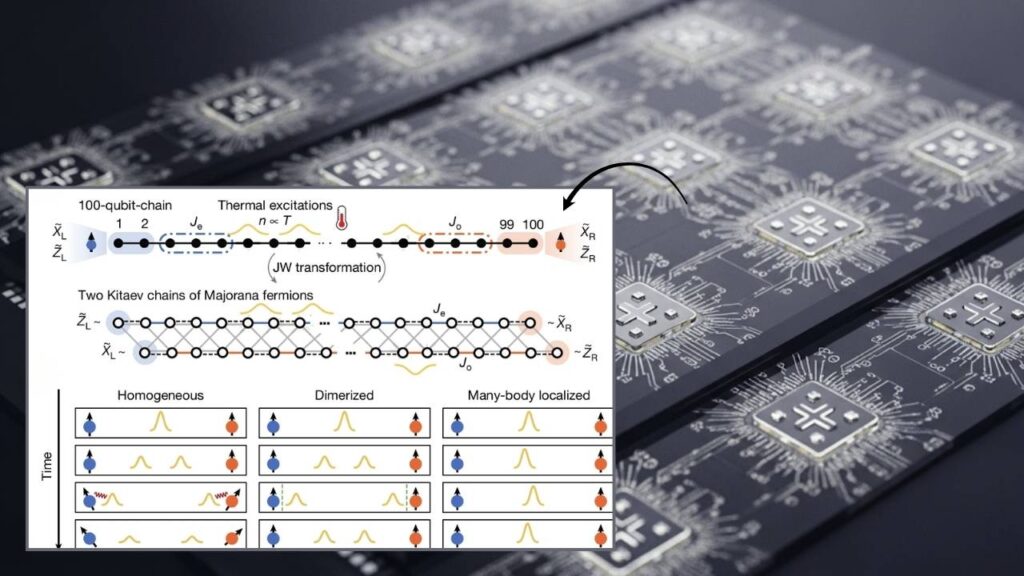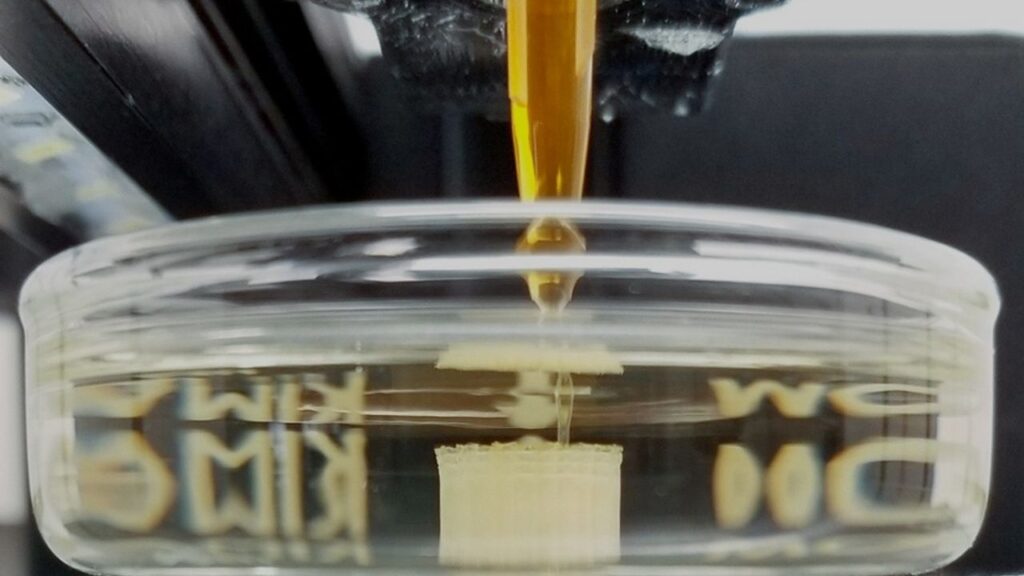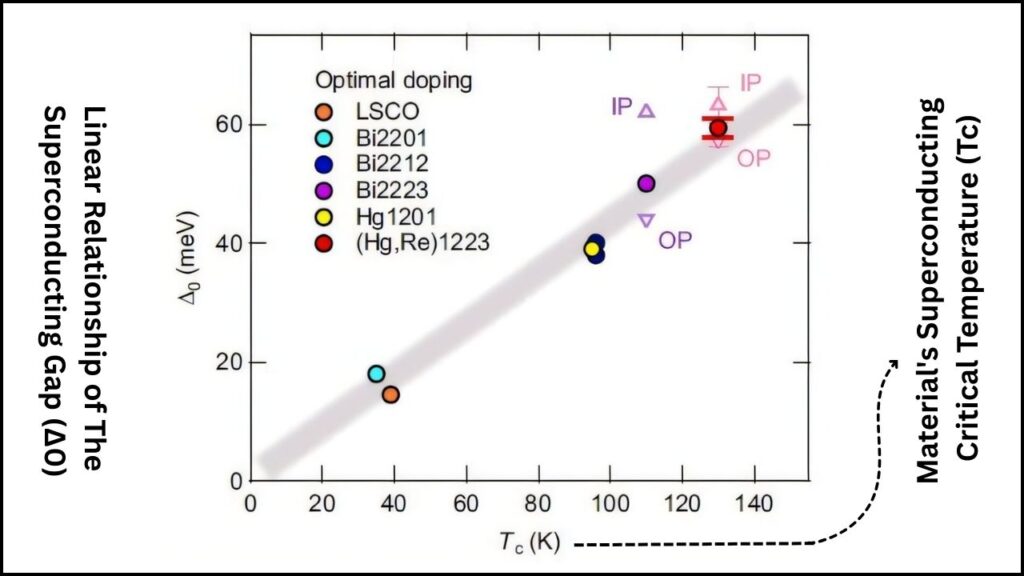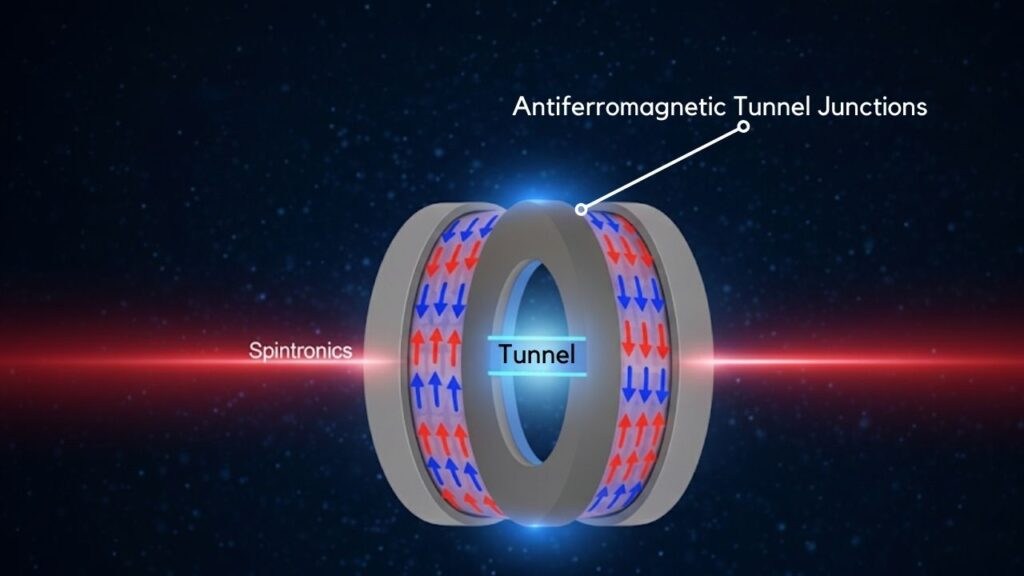Imagine holding a material a million times thinner than a strand of hair and, with special lab techniques, actually seeing invisible energy rippling through it. That’s not just science fiction anymore—it’s science fact. Scientists have achieved the world’s first direct visualization of invisible quantum waves in nanomaterials, fundamentally changing our understanding of how energy and information move at the smallest scales of our universe. This groundbreaking achievement stands poised to revolutionize quantum computing, healthcare technology, energy systems, and beyond.

What makes this so remarkable is not just the discovery itself, but its ripple effect on some of today’s most challenging and exciting technologies. From creating more powerful computers that never crash, to materials that absorb earthquakes and sensors that sniff out a single virus, the implications are vast. Let’s unpack this news in a way that anyone—from a curious kid to a seasoned engineer—can understand and use.
Table of Contents
Scientists Capture Invisible Quantum Waves in Nanomaterials
| Aspect | Description |
|---|---|
| Breakthrough | First time scientists have directly visualized quantum waves (such as phonons) in nanomaterials. |
| Technique | Used quantum visualization and super-resolution imaging, combining advanced microscopy and nanofabrication. |
| Potential Applications | Quantum computing, ultra-sensitive sensors, energy-efficient materials, earthquake protection, and medical devices. |
| Participating Teams | Collaboration between physicists, chemists, engineers across University College Cork, UC Berkeley, University of Maryland. |
| Professional Impact | Opens new fields for materials research, quantum hardware development, and high-tech manufacturing. |
The direct observation of quantum waves in nanomaterials is not just a cool scientific trick—it’s a new lens on the building blocks of reality, leading to advances in computing, healthcare, sensing, and energy. This progress reflects the collaborative spirit and technical genius at the cutting edge of science, offering hope for innovations that will touch every aspect of our daily lives.
What are Quantum Waves, and Why Should We Care?
To grasp this discovery, think of a guitar string: you pluck it, and energy travels like a wave. But at the scale of atoms and electrons, the “waves” are not in the string—they’re in the very fabric of matter. All particles, from atoms to electrons, behave as both particles and waves at the quantum level. We call these quantum waves.
In nanomaterials—materials engineered on an atomic scale—these waves determine how electricity, heat, and sound move. Their patterns shape the efficiency of a computer chip, the sensitivity of a biosensor, or the flexibility of a new synthetic material. Phonons (waves of vibration within a crystal) are a classic example. These are vital for everything from thermal management in electronics to medical diagnostics.
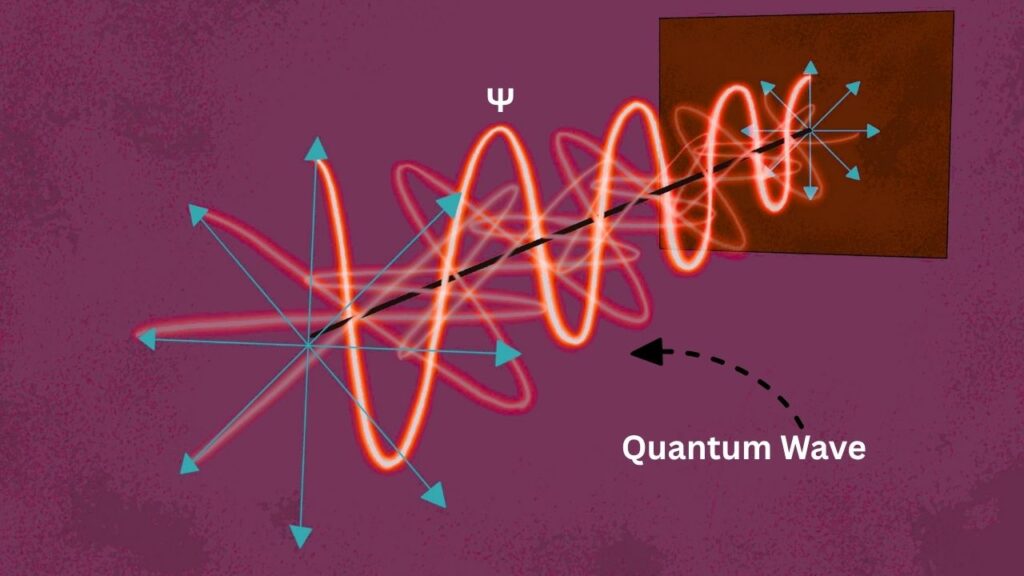
Seeing these waves means scientists can finally watch these processes as they happen, instead of inferring them from secondary effects. This opens enormous opportunities for custom-designing materials for specific uses.
Why Was Visualization So Difficult?
Typical microscopes, even the best in the world, can’t “see” quantum waves. This is because the wavelengths of quantum phenomena are far smaller than visible light. It’s like trying to watch ripples in a pool with a camera lens the size of a car—most of the details vanish.
Previous Approaches
- Indirect observations measured by how energy or electricity changed in a material.
- Advanced models and simulations—a bit like studying animal tracks, never the animals themselves.
The Breakthrough
Scientists created innovative visualization techniques that combine electron microscopy, quantum-specific filters, and super-resolution methods. This technology allows them to isolate and capture these elusive quantum waves in real time, even as they travel through materials engineered on the atomic scale.
How Did Scientists Actually See Quantum Waves? (Step-by-Step Guide)
1. Creating Nanomaterials “Laboratories”
To see quantum effects, the team first engineered nanomaterials—artificial crystals and films just a few atoms thick. These “playgrounds” have dimensions in billionths of a meter, allowing unusual quantum behaviors to flourish.
- Example: Special crystals that can host “Majorana fermions”—exotic particles valuable for next-generation quantum computers.
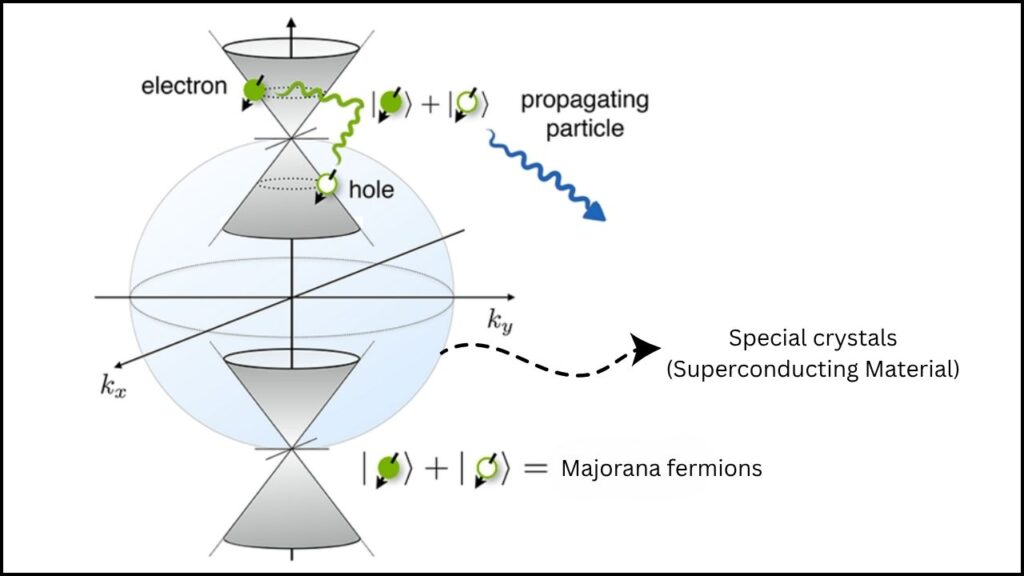
2. Applying Advanced Microscopy
State-of-the-art liquid-phase electron microscopy and scanning tunneling microscopy (STM) were used.
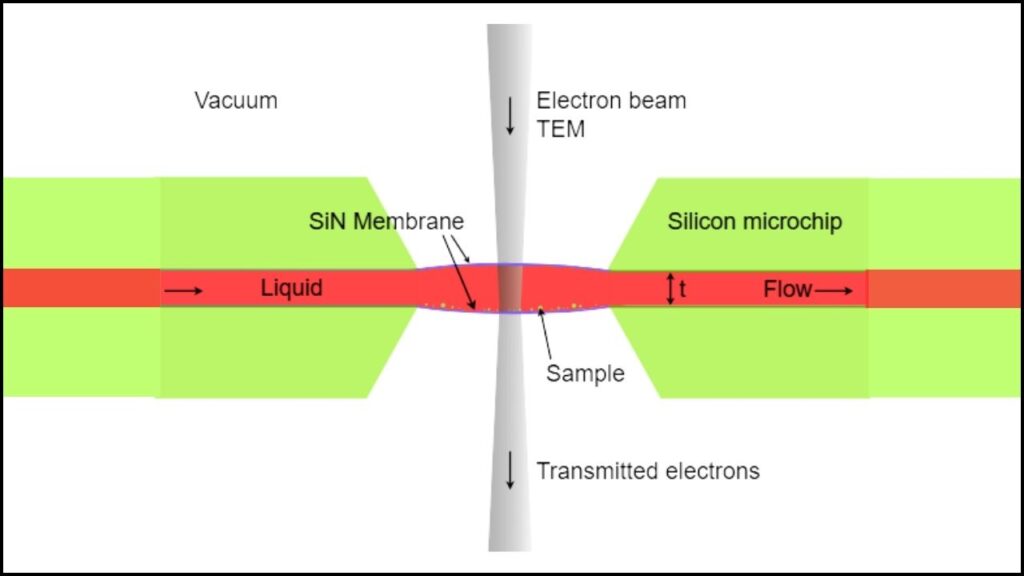
These sophisticated instruments can identify atomic structure, measure minute electrical signals, and, crucially, track the motion of energy packets called phonons.
3. Quantum Signal Isolation
Picture being at a noisy concert and tuning your ear to hear just one violin. Scientists apply similar “quantum filters” to microscopy, blocking unwanted signals so only the motion of quantum waves is detected. Specialized superconducting layers in these devices further filter out regular noise, making pure quantum waves visible.
4. Data Analysis & Peer Replication
Each result had to be confirmed across multiple independent labs using various imaging and data modeling tools, ensuring that the observed waves were real—not flukes of equipment or human error.
5. Peer Review and Publication
After rigorous testing and replication, the findings were published in top scientific journals and shared in conferences, inviting feedback and new research collaborations from around the globe.
What Does This Discovery Mean for Everyday Life?
Quantum Computing

Building reliable quantum computers has been compared to trying to keep a soap bubble from popping. Quantum waves are central to how these computers process and store information. Now, scientists can observe and “engineer” environments where quantum information remains intact and stable—a leap toward computers that could solve medical, chemical, or financial problems in seconds.
New Classes of Materials
By watching quantum waves, engineers can customize nanomaterials for:
- Precision drug delivery systems: Nanostructures that vibrate at precise frequencies to release medication only where needed.
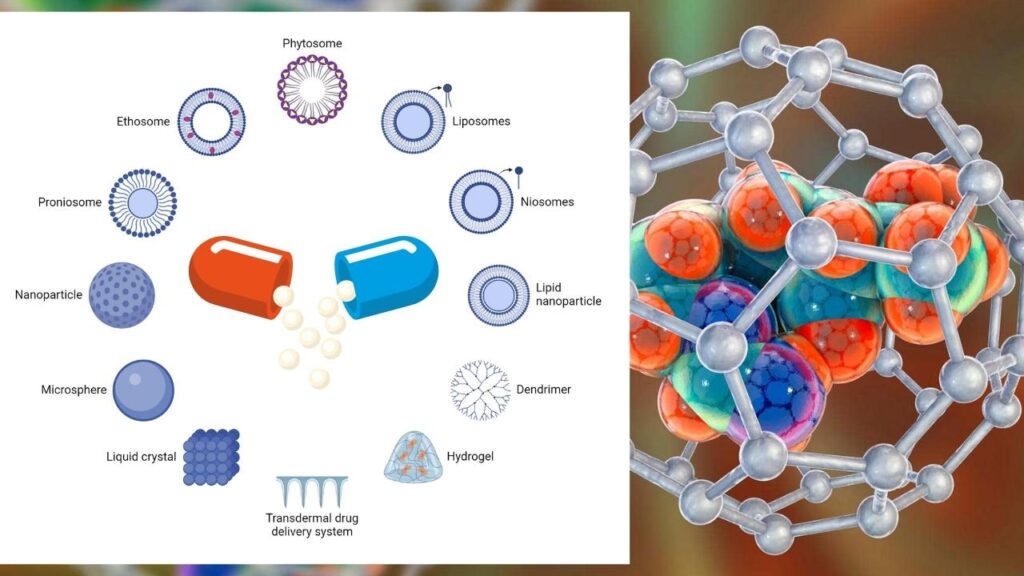
- Dynamic building materials: Smart materials that adapt their strength or flexibility under stress.
Ultra-sensitive Sensors & Medical Tech
- Biosensors that can detect a single virus or chemical marker, thanks to enhanced sensitivity produced by tailored quantum vibrations.
- Ultrasound and MRI technology may one day use these advances to peer inside the human body with unprecedented clarity.
Earthquake and Environmental Protection
With insights from phonon management, scientists can design metamaterials that steer shock waves around buildings, increase the efficiency of solar panels, or create transparent insulation for green energy buildings.
Energy and Electronics
Improved understanding of quantum heat flow will lead to less heat loss in microchips and batteries, helping everything from mobile devices to power grids run more efficiently.
Practical Takeaways for Researchers and Professionals
- Accelerated Materials Development: Engineers can now see, in real time, whether a nanomaterial will work for next-generation tech—saving years and large investments.
- Interdisciplinary Research: Progress merged expertise from physics, chemistry, and engineering. Today’s most exciting scientific careers require cross-field teamwork.
- Resource Investment: Only a handful of labs currently have these capabilities, but commercial and government investment is soaring, expanding career opportunities worldwide.
Are You a Student or Early Career Professional?
This field is growing rapidly. Fields that benefit include quantum hardware development, advanced microscopy, material science, biosensing, and nanomedicine. Explore research programs at your local university or global hubs such as University College Cork.
Real-World Examples: Quantum Waves in Action
- Majorana Fermions in Quantum Chips: By visualizing the special quantum particles called Majorana fermions in topological materials, scientists can design chips less prone to “quantum errors”—a leap for computation security.
- Acoustic Metamaterials: Advanced imaging is enabling “earthquake shielding” concrete that invisibly redirects seismic waves around critical buildings.
- Personalized Biosensors: Future medical tests might detect diseases in a single drop of fluid, reducing diagnosis times from days to minutes.
Nanotech-Enhanced Fertilizer Promises More Efficient Farming With Less Environmental Damage
Breakthrough in Electron Microscopy Captures Individual Nanoparticles with Unprecedented Precision
FAQs About Scientists Capture Invisible Quantum Waves in Nanomaterials
What are quantum waves and phonons?
Quantum waves represent the “wave-like” nature of particles at the smallest scales. Phonons are specific quantum waves that move as vibrations in solids, crucial for heat and sound.
Why couldn’t we see these waves before?
The scale of these waves is much smaller than even the best optical microscopes can resolve. Only with highly advanced, quantum-specific imaging has direct visualization become possible.
What fields will benefit the most?
Quantum computing, nanomedicine, materials science, engineering, environmental technology, and energy management all stand to benefit quickly.
Scientists Capture Invisible Quantum Waves in Nanomaterials
All experiments follow strict safety and ethical guidelines, with peer-reviewed protocols common in materials science.
